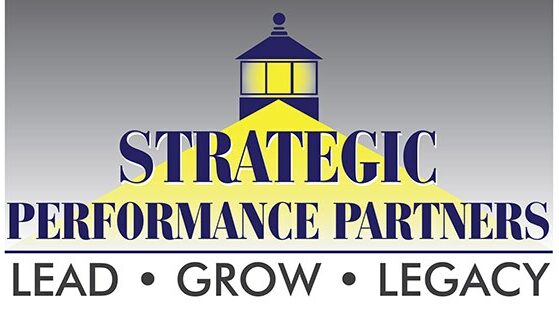I recently had an interesting call with an executive at a large insurance agency. I’m working on a project that requires me to help train agencies and accounting firms about leveraging strategic partnerships to grow their organizations.
My friend at the agency told me they didn’t need to know who the accounting professionals are but how to choose the best ones to invest their time in. She said great strategic partnerships are hard to find. But I bet you already know this.
I’ve been lucky enough to lead many organizations that count on their partners for a large portion of their revenue and growth. I dusted off a blog I shared with channel partners at one of my larger partner events. See if this might help you get better financial returns and results from your key partnerships.
How do you evaluate your strategic partnerships? What makes most successful partnerships exceed your expectations? I been involved with many successful strategic partnerships in my career. I’ve worked on both large and small strategic partnerships.
I have an excellent record of exceeding my clients and partners expectations. Well over 90%. That’s a good number for most executive leaders. Recent studies show that almost 60% of executives feel they don’t receive the expected results from their strategic partnerships.
I’m sure it won’t surprise you, but I have several questions I ask when helping my organizations and clients build breakthrough strategic partnerships. I’ll share several questions that help you decide if strategic partnerships are a great growth strategy for your advisory organization.
The first question to consider as you begin is what is the purpose of the strategic partnerships? I believe most strategic partnerships fail because there is no single purpose behind the relationship. A well-known tech CEO believes that purpose is the foundational element of successful strategic partnerships. I believe if you can’t sum up the purpose for the strategic partnership simply you might not want to engage in it.
The second question to consider is who are the key people on the strategic partnerships team? To build successful strategic partnerships, you need to have great members on both teams. Successful strategic alliances have strong teams working towards their shared goals. If the strategic alliance team is not lead by a strong, respected leader, this strategic partnership will fail. You can have the best leaders, but if they can’t attract great talent to their team, your project will fail!
The third question to consider is who is the executive stakeholder for your strategic partnerships? Are they willing to invest not only their time and resources, but also their political capital to help this strategic partnership succeed? I’ve seen many great partnerships fail because the executive in charge failed to champion the project both inside and outside the organization.
If you want to know if a project is important to your organization, see if it’s shared in stockholder and investor communications. We live in a marketing driven world, there are few new ideas. Marketing and execution are the key to your strategic partnerships success.
With many larger organizations, successful strategic partnerships change part of how the organization does business. If your partnership leader won’t help champion your project across the organization, there is a high likelihood of failure. Being a cheerleader is a critical role in leading successful strategic partnerships. To succeed your executive stakeholder must be willing to help you promote their program to both insiders and outsiders when required.
The fourth question to consider is if your project a priority for both organizations. If you are the smaller strategic partner you may have significant risk involved in proceeding with your partnership. To succeed, you must be able to become a priority to your partners. There are many ways to do this and I’ll share more details in a future blog.
Generally, there are several ways to do this, but the ones I’ve found that work best are competition, potential gaps in the market, and the agenda of the larger organization. Many large organization’s growth has leveled off and they need to jumpstart their growth in new or emerging markets.
Strategic partners must be able to acknowledge what each partner brings to the table. Good strategic alliance partners are capable of sharing the value proposition in either direction. This skill helps them keep them moving when these programs run into challenges.
The fifth question to consider is what are the measures of success for both partners? In the past, just having a partnership with a very large successful strategic partner was all that was needed to keep investors happy in the early stages of a business.
Today, because many infamous failures of strategic partnerships, investors want to know the result they get from the partnership. You must be able to tell them how to measure performance and what it means to the revenue of both organizations before they engage in this strategic partnership.
I would add one more element to the mix. That is how publicly this strategic partnership is being shared in the markets they work in. This includes whether this project appears when the CEO writes to investors and external stakeholders. Are you promoting the progress on a regular basis? I had a manufacturing client who used to joke that if you want to ensure your strategic partnership’s success have the CEO or Governor at the kickoff event. We laughed, but it’s true.
Successful strategic partnerships are promoted aggressively to help build momentum early on with new potential clients. Many times, picking the right early adopters can spell the difference between incredible success and failure.

